Mishima Skywalk: The longest in Japan
Mount Fuji: The highest mountain in Japan at 3,776.24 m
Suruga Bay: The deepest bay in Japan
We decided to get there in the late afternoon with all our professional camera equipment. (Remember, last entry is at 1630 hours.) This meant that in addition to capturing the shots of the stunning clear blue sky, we wanted to capture the romance of a Mount Fuji sunset too.
Impressive Sky Garden complete with hanging chandeliers of flowers...
Officially known as the “Hakone-Seiroku Mishima Grand Suspension Bridge,” in Mishima City of Shizuoka Prefecture, its nickname is the “Mishima Skywalk”. It’s 400m long, making it the longest pedestrian suspension bridge in Japan. With an elevation of 415m and a height of 70.6m, a good view is guaranteed above the valley below.
Welcome to the Skywalk...
Costing some 4 billion yen to create, Fujico Corporation began its construction in 2012 and it was opened to the public in December 2015 last year. It is hoped to be the next big thing in Mishima and the 400 meter walkway surpasses that of the Kokonoe Suspension Bridge in Oita Prefecture. By 10 meters to be exact. At 1.6 meters wide it is wide enough to allow two wheelchairs to pass side-by-side. The entertainment and dining corporation, Fujico, hopes that the Mishima Skywalk complex will draw up to 1,8 million visitors annually.
The view from the start of the bridge with the incredible view of Mount Fuji...
The footpath is also wide enough for about 3-4 adults to easily pass each other. Also, the white towers supporting the suspension bridge cables are extremely solid so that a maximum of 2,100 people can safely cross at the same time. Walking at a normal pace, you can reach the other side in about 10 minutes.
No worries about vertigo or a tight squeeze here in the late afternoon...
You can really stand and stare at this magnificent view for hours!
Just before sunset with the sky changing colours
- blue on one side and orange-gold on the other...
- blue on one side and orange-gold on the other...
Moments after sunset, when the golden egg yolk shimmers below the horizon...
Getting There
Mishima Skywalk is open everyday throughout the year from 0900 to 1700 hours (with the last admission at 1630 hours). The admission fee for adults is 1,000 yen. More information is available on the official website at mishima-skywalk.jp.
Sources
- "Japan’s Longest Mishima Skywalk: New Way to See Mt. Fuji" @ Goin' Japanesque!
goinjapanesque.com/05980
- "Japan's longest Suspension Bridge: Mishima Skywalk" @ Taiken Japan
taiken.co/single/japans-longest-suspension-bridge-mishima-skywalk
- "Mishima Skywalk"@ Fuji-Hakone-Izu Travel Guide
www.fuji-travel-guide.com/news-item/mishima-skywalk
- "Mishima Skywalk" @ Trip Advisor
www.tripadvisor.com/LocationPhotoDirectLink-g780865-d9582861-i237710520-Mishima_Skywalk-Mishima_Shizuoka_Prefecture_Chubu.html
- "Mt. Fuji panoramic Viewing Spot Mishima Skywalk" @ Club Tourism Yokoso Japan Tour
www.yokoso-japan.jp/en/39355.html























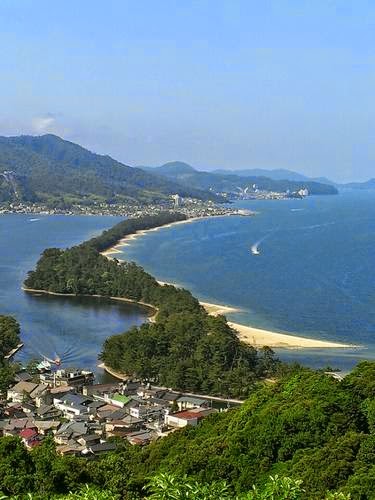











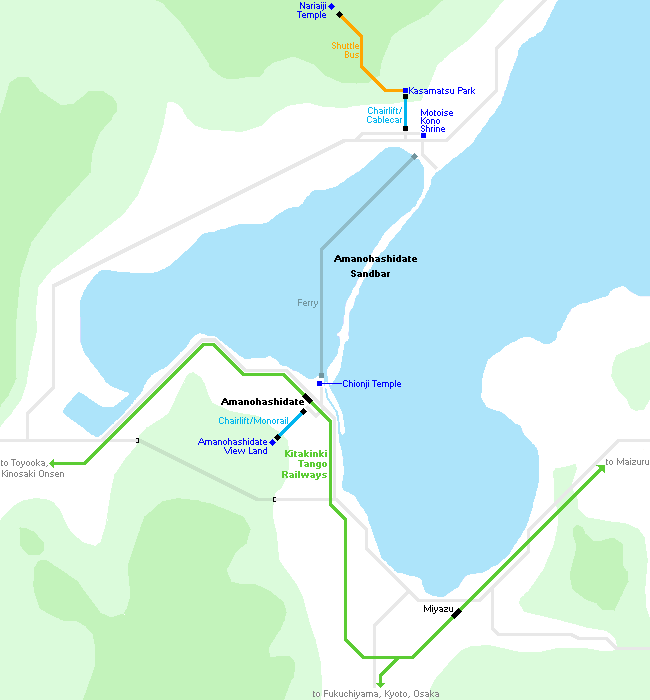









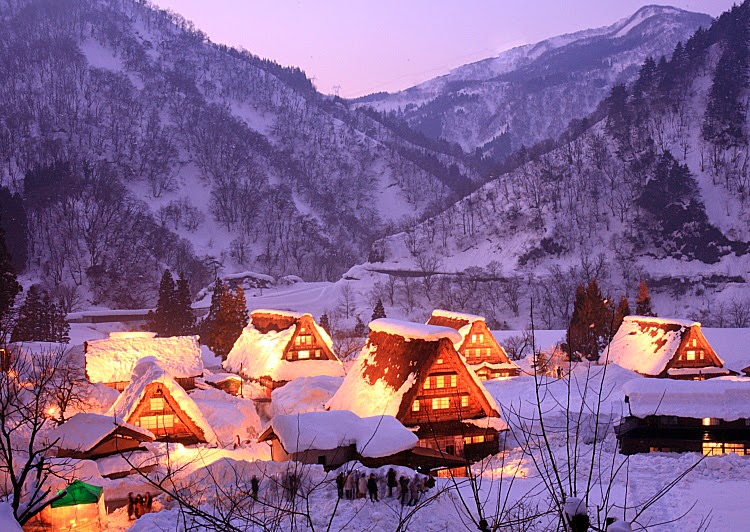



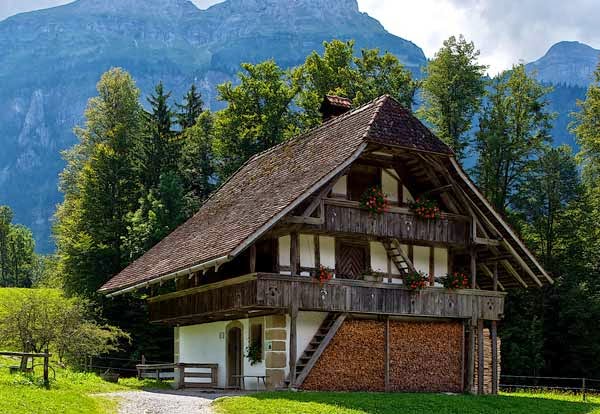
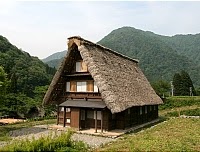




















.jpg)









